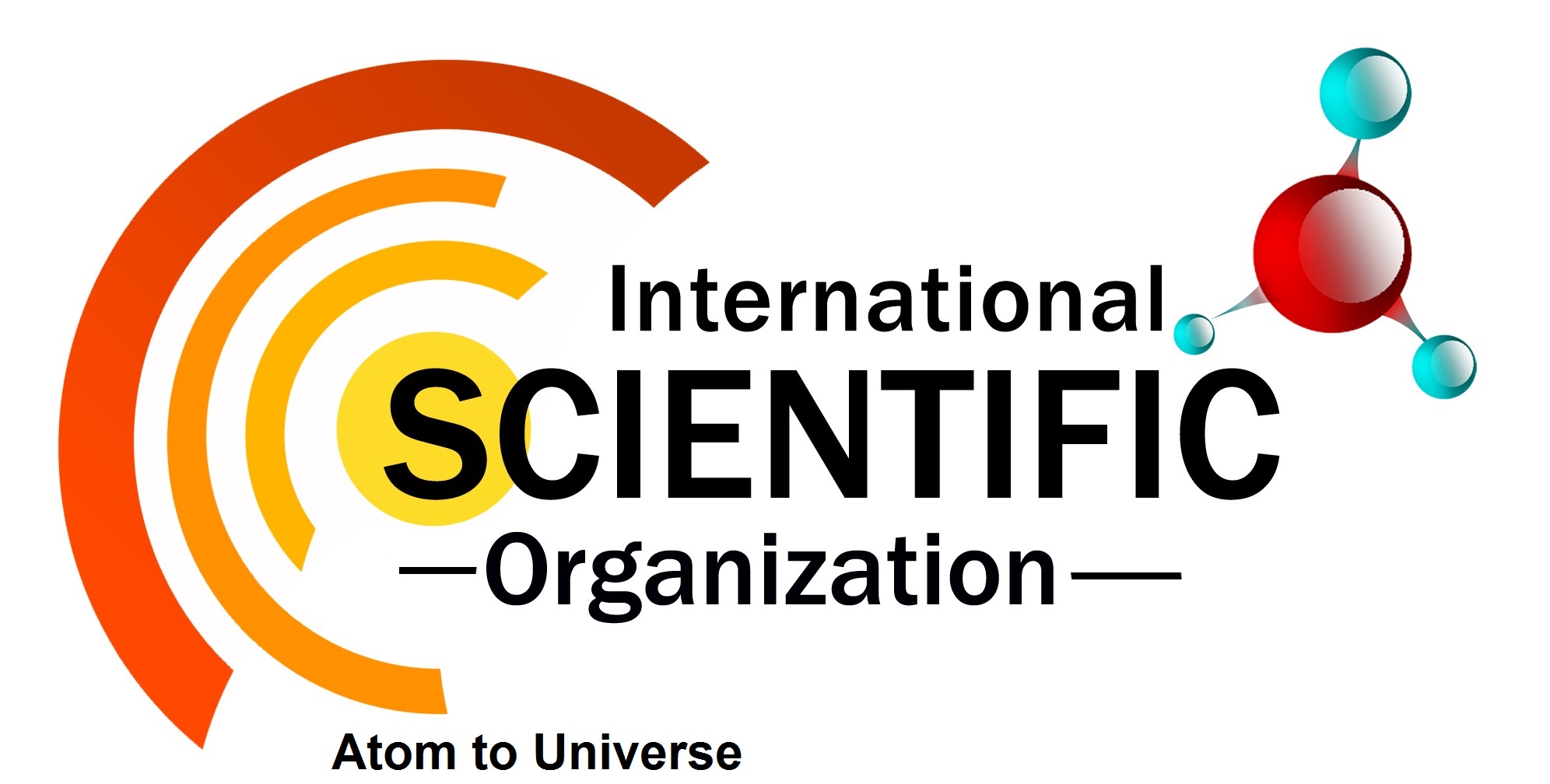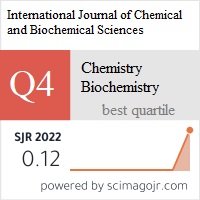International Journal of Chemical and Biochemical Sciences (ISSN 2226-9614)[/vc_column_text][/vc_column][/vc_row]
VOLUME 25(19) (2024)
Methicillin-Resistant Staphylococcus aureus (MRSA): Prevalence and Antimicrobial Susceptibility Profile among Patients Attending Tertiary Care Hospital in Northern India
Munzali Hamisu Umar*1 Ghayas uddin2, Karuna Katiyar3
*1,2Department of Paramedical Sciences, Integral University, Lucknow, India
3Department of Medical Microbiology, Integral Institute of Medical Sciences and Research, Lucknow, India
Abstract
Methicillin-resistant Staphylococcus aureus (MRSA) is one of the most important causative agents of hospital and community associated bacterial infections. The increasing rate of prevalence indicates the need to study the antimicrobial susceptibility profile patterns. This study was aimed to determine the prevalence and antibiotic susceptibility profile pattern of methicillin-resistant Staphylococcus aureus (MRSA) isolates among patients attending a tertiary care hospital in northern India. 150 clinical isolates of S. aureus were included in the study. Kirby–Bauer disc diffusion method was performed to identify antibiotic susceptibility profile, phenotypically methicillin-resistant Staphylococcus aureus (MRSA) was identified by using cefoxitin disc (30 μg). Characteristics of the isolates in this study were determined by traditional biochemical tests including catalase, coagulase, and test for DNAse, and fermentation of mannitol. Antibiotic susceptibility tests were carried out by disc agar diffusion test. Staphylococcus aureus ATCC 25923 was used as a reference control organism. Out of 150 clinical isolates of S. aureus, 97 (64.67%) were methicillin-resistant Staphylococcus aureus (MRSA), and 53 (35.33%) were methicillin-sensitive Staphylococcus aureus (MSSA). 21-30 years age group has the highest percentage of the isolates (28.00%) and the age group with lowest percentage was found in the age groups 71-80 years. The source of isolates with the highest frequency was pus (56.67%), followed by urine (20.00%), and the source with the least number of isolates was serous fluid (0.67%). Teicoplanin, Linezolid, Vancomycin, Gentamicin and Tetracycline were found to be the most effective antibiotics against MRSA isolates. The prevalence of methicillin-resistant Staphylococcus aureus (MRSA) was 64.67%. Teicoplanin, Linezolid, Vancomycin, Gentamicin and Tetracycline found to be the most effective antibiotics against the MRSA isolates. Thus, it is believed that these antibiotics can be used in the treatment of infections caused by methicillin-resistant Staphylococcus aureus (MRSA) in the study area.
Keywords: Staphylococcus aureus, MRSA, MSSA, Methicillin.
Full length article – PDF *Corresponding Author, e-mail: muhammadmunzali50@gmail.com Doi # https://doi.org/10.62877/130-IJCBS-24-25-19-130
International Scientific Organization- Atom to Universe
Journals
- International Scientific Organization
- International Journal of Chemical and Biochemical Sciences (IJCBS)
- Volume 27 (2025)
- Volume 26 (2024)
- Volume 25 (2024)
- Volume 24 (2023)
- Volume 23 (2023)
- Volume 22 (2022)
- Volume 21 (2022)
- Volume 20 (2021)
- Volume 19 (2021)
- Volume 18 (2020)
- Volume 17 (2020)
- Volume 16 (2019)
- Volume 15 (2019)
- Volume 10 (2016)
- Volume 14 (2018)
- Volume 13 (2018)
- Volume 12 (2017)
- Volume 11 (2017)
- Volume 9 (2016)
- Volume 8 (2015)
- Volume 7 (2015)
- Volume 6 (2014)
- Volume 5 (2014)
- Volume 4 (2013)
- Volume 3 (2013)
- Volume 2 (2012)
- Volume 1 (2012)
- Store
- Cart
- Account


